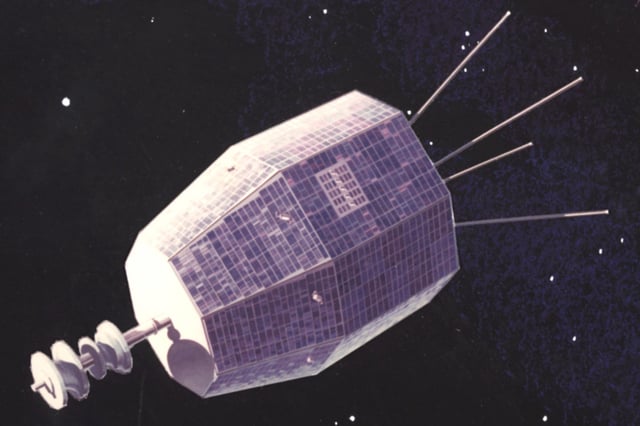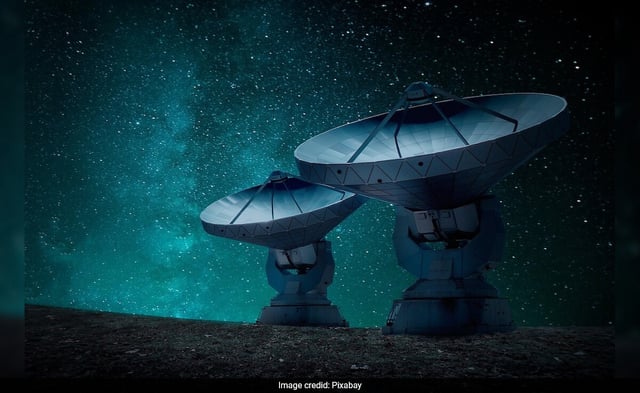Overview
- On June 13, 2024, the Australian Square Kilometre Array Pathfinder recorded a radio pulse lasting less than 30 nanoseconds that briefly outshone all other signals.
- Analysis traced the burst to Relay2, a NASA communications satellite launched in 1964 that stopped functioning in 1967 at an altitude of about 20,000 km.
- Scientists conclude the short, intense pulse most likely resulted from an electrostatic discharge or a micrometeoroid impact on the defunct satellite.
- Curtin University’s team has published a preprint on arXiv and secured acceptance in The Astrophysical Journal for their study.
- The detection offers a potential new technique to monitor electrostatic charging on space debris and enhance protection for future low-cost satellites.

